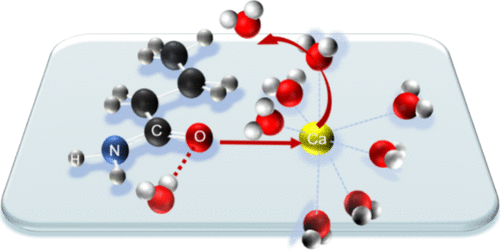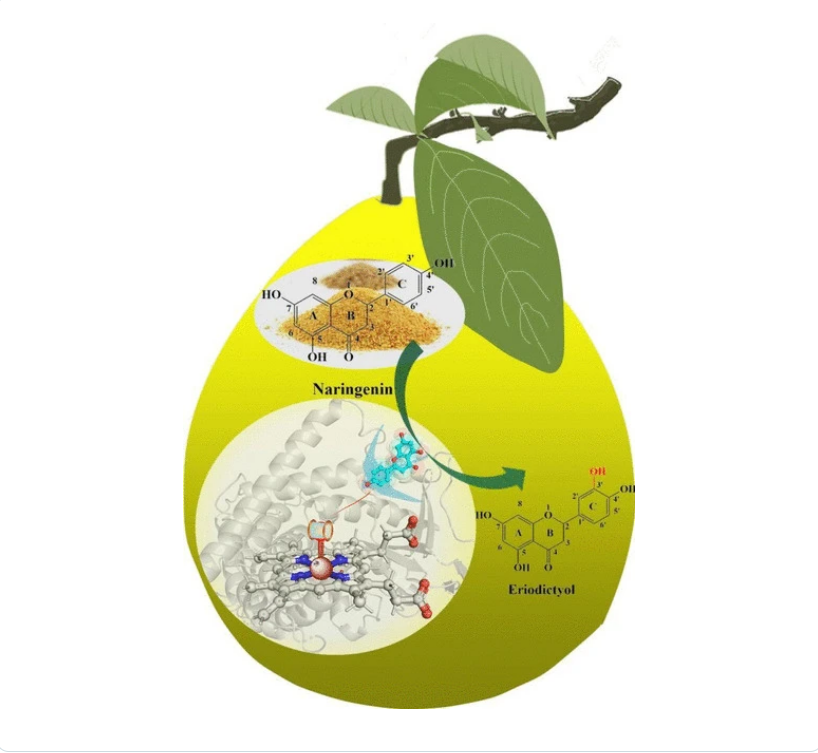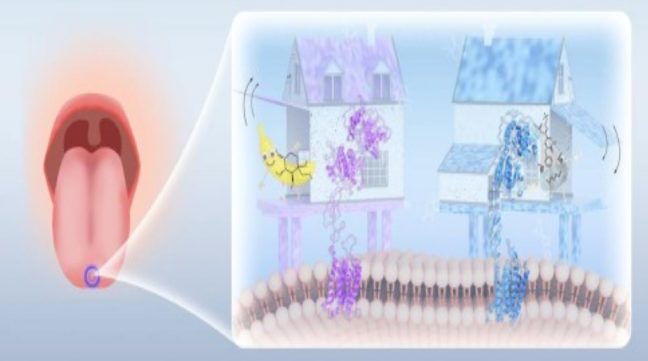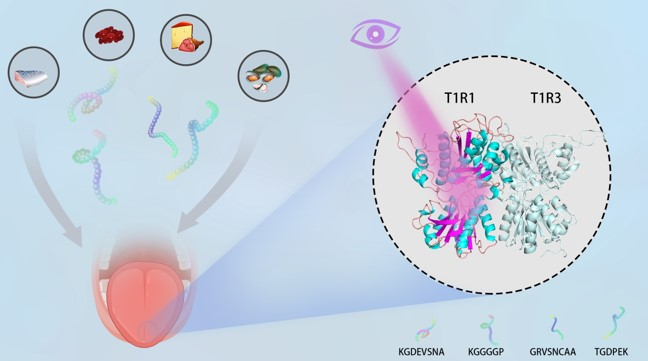Yulan Mou, Yizhi Jiang, Xiao He*, Lujia Zhang*, Jinrong Yang*
The high activity of water in aqueous battery electrolytes can trigger side reactions, limiting their large-scale application. Additives that form contact pairs (CPs) with cations by coordinating with them can effectively reduce water’s activity. However, due to the complex interactions between ions, additives, and solvent molecules and the fact that current strategies for additive screening primarily rely on static physical parameters, the dynamic mechanisms that govern the modulation of ion solvation sheaths are still poorly understood. In this study, we introduce butyramide (BUT) as a molecular additive and employ molecular simulations to demonstrate its regulatory effect on the hydration sheath of Ca2+, which is more pronounced than that for Na. The dynamic process by which BUT replaces water molecules in the tight hydration sheath of Ca2+ is elucidated by forming a stable [BUT-Ca2+(H2O)7] complex that suppresses water molecule activity. At a 2 M concentration, the free energy barrier for the transition from contact pair (CP) to solvent-shared pair (SP) for Ca2+ is 11.7 kJ/mol higher than that for Na at 8.5 kJ/mol, consistent with the cationic Hofmeister series. Furthermore, the stability and dynamic fluctuations among solvent-separated pair (SSP), SP, and CP states are attributed to the balance between electrostatic attractive potential energy and hydration repulsive potential energy, supported by quantum chemical calculations of the ion desolvation process. Using BUT as an additive presents a promising strategy to enhance battery performance by modulating the solvation environment of metal ions, addressing the growing demand for safer and more sustainable energy storage solutions.







